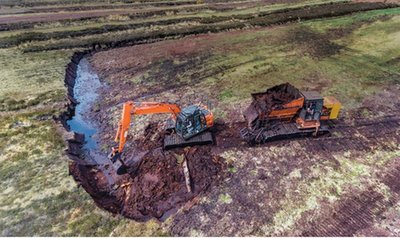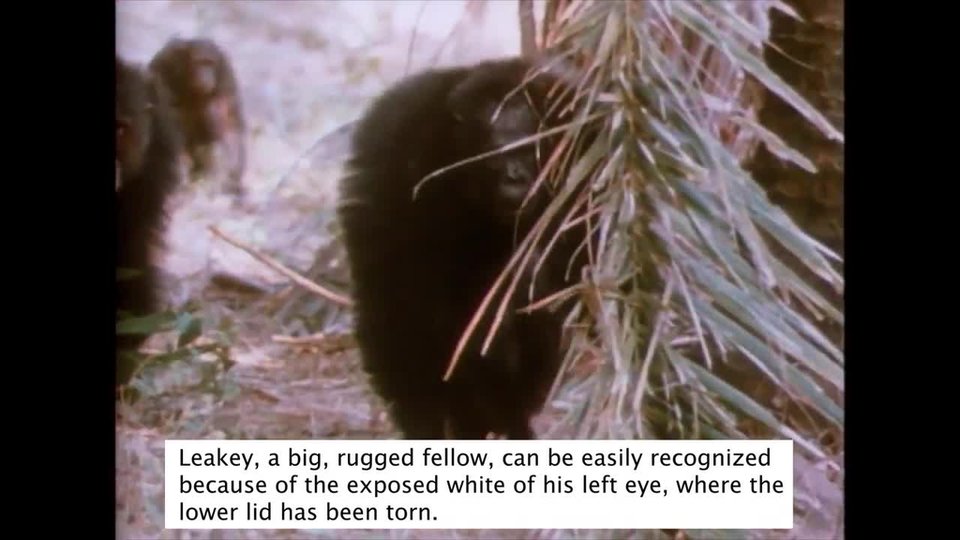Carbon
Sources
processesthatrelease
carbonintothe atmosphere
Carbon
Sinks
processesthatretaincarbonandkeepitfromenteringEarth’s atmosphere
Carbondioxide (CO2) isagasintheatmosphereandisvitaltolifeonEarth.Yet,toomuchcarbondioxideintheaircanbeharmfultotheplanet.Whatamountisjustright?Theamountthatexistsatanyonetimedependsonthebalancebetweencarbonsourcesandcarbon sinks.











fires
volcanic
eruptions
CARBON SOURCES (CO2)
burningfossil fuels
animal respiration,
such as breathing
storingofcarbonbyplantson land
storing of carbon
by plantsin water
deep ocean
sediment
decompositionof animal waste
and deadanimalsand plants
formationof fossil fuels
(such aspeat,coal,and oil)
CARBON SINKS
TooMuchCarbon
Ifmoregasesthatcontaincarbonarereleasedthancanbeabsorbed,therewillbeexcesscarbongasesintheatmosphere.ThataffectshowenergyfromthesunisabsorbedandreflectedonEarth.Itiswhenfossilfuels,suchaspeat,changefromcarbonsinkstocarbonsourcesthatglobaltemperaturesincreaseandtheclimatebeginsto change.
TheRoleofWetlands
Wetlands,likebogs,coveronlyasmallpartoftheplanet.Yet,theircarbon-capturingabilitiesmakeabigdifference.Wetlandsalsostrainleavesandanimalwastefromthewater.Thesethingsholdcarbon,too.Theybecomeburiedinsediment,lockingevenmorecarbon away.

Irishpeatisextractedtobeburnedinpowerplants,creatingmorecarbondioxideemissionsthan coal.

ThisIrishbogformedoverthousandsof years.
